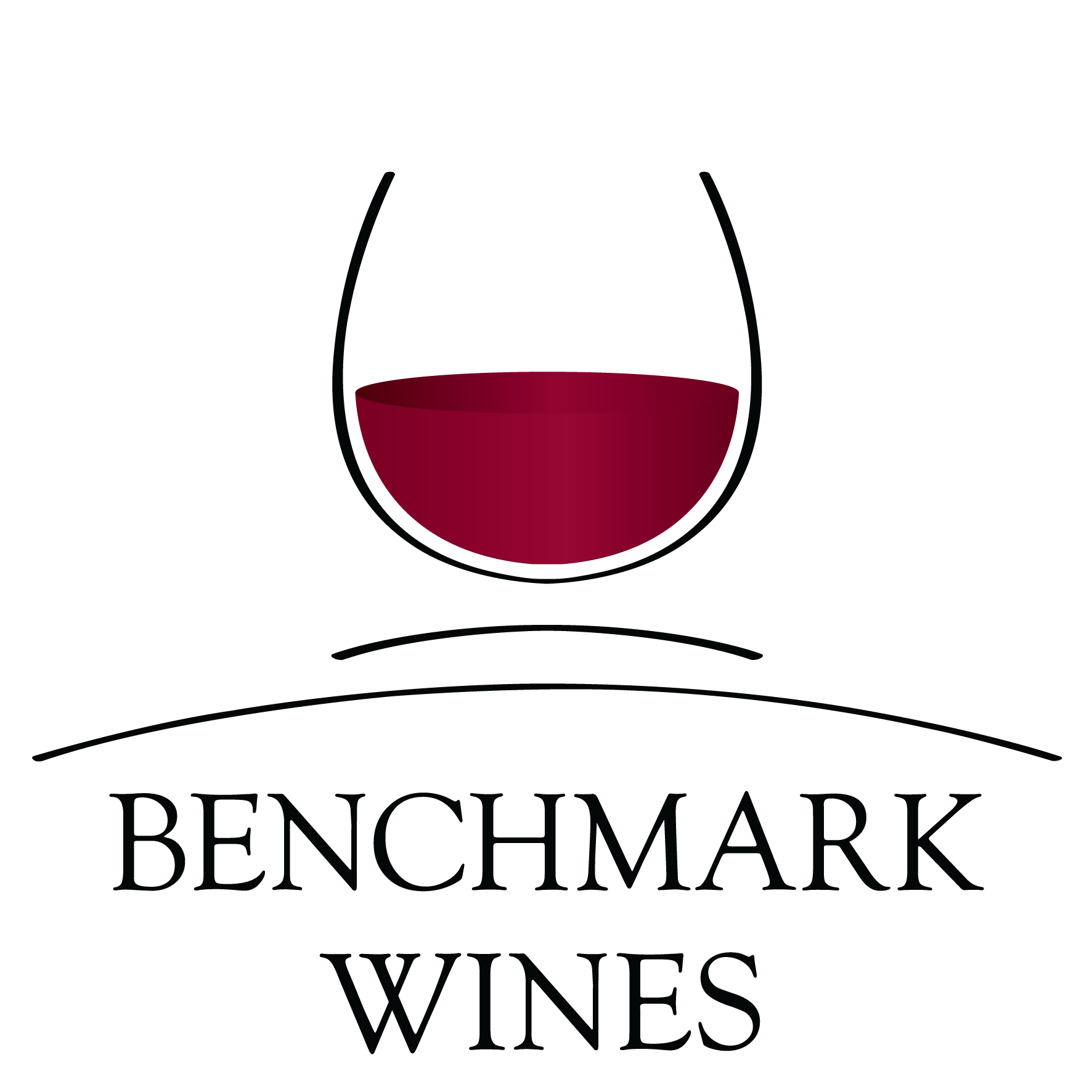In the heart of Piedmont, Italy, amidst the rolling hills of the Langhe region, Barolo wine shines as a true work of winemaking artistry. Let us explore what is Barolo—an extraordinary, best red wine that offers nothing but elegance and tradition. Come along as we explore the vineyards and flavors that have made Barolo a beloved choice among wine enthusiasts in Singapore.
What is Barolo?
Barolo, often dubbed the "King of Wines," is a red wine made of Nebbiolo grape. This grape variety gives Barolo its distinctive qualities, making it a wine renowned for its rich full-bodiedness, lively acidity, and strong tannins. Understanding Barolo means delving into its beginnings in the Langhe region, where the name itself carries a legacy of tradition and excellence.
For those curious about Barolo's essence, the question often arises: What is Barolo color? Picture a deep garnet hue, akin to a sunset's final glow—a defining feature of this esteemed wine. This color speaks to the concentration and depth of Barolo's winemaking process.
Barolo wines often surround questions like what grape is Barolo. Well, the common practice of naming wines on their respective grape variety is somewhat not applicable to Barolo. Well, to simplify, Barolo is the name of the wine whereas Nebbiolo is the grape used to make it.
Also read: Nebbiolo vs Barolo
For those curious about Barolo's essence, the question often arises: What is Barolo color? Picture a deep garnet hue, akin to a sunset's final glow—a defining feature of this esteemed wine. This color speaks to the concentration and depth of Barolo's winemaking process.
Barolo wines often surround questions like what grape is Barolo. Well, the common practice of naming wines on their respective grape variety is somewhat not applicable to Barolo. Well, to simplify, Barolo is the name of the wine whereas Nebbiolo is the grape used to make it.
Also read: Nebbiolo vs Barolo
Everything About Barolo
-
Production of Barolo Wine
The journey of Barolo begins with the careful fermentation of Nebbiolo grapes. Winemakers, devoted to preserving the wine's essence, oversee this process with meticulous care. They follow the strict guidelines of the Denominazione di Origine Controllata e Garantita (DOCG), ensuring that each bottle of Barolo wine meets Italian winemaking excellence.
Barolo, a wine that values time both on the vine and in the cellar, matures with grace, uncovering complex layers of flavor and aroma. Throughout the aging process, the flavors come together in harmony, transforming Barolo into a symphony of taste.
Barolo, a wine that values time both on the vine and in the cellar, matures with grace, uncovering complex layers of flavor and aroma. Throughout the aging process, the flavors come together in harmony, transforming Barolo into a symphony of taste.
-
Barolo Wine Dispute: Tradition vs. Innovation
In the world of Barolo wine, a historic clash has always existed between traditionalists and innovators, shaping the story of this esteemed wine. Deeply rooted in history, traditional winemaking methods collide with innovative approaches aiming to redefine the boundaries of Barolo. This ongoing debate infuses each bottle with a unique tale, showcasing the diverse perspectives within the winemaking community.
-
Characteristics and Tasting Notes
What sets Barolo apart from various types of wines is that a sip of Barolo takes you on a sensory journey—a symphony of rich, full-bodied flavors, lively acidity, and well-defined tannins. The Nebbiolo grape leaves its mark on this wine, giving it a quality that stands the test of time, evolving gracefully with each passing year. The aromatic profile includes floral, fruity, and earthy notes.
Curious about the grape behind Barolo wine? It's the Nebbiolo grape, distinguished by its thick skin and high acidity, imparting unique traits to Barolo wine and shaping its one-of-a-kind taste profile.
Curious about the grape behind Barolo wine? It's the Nebbiolo grape, distinguished by its thick skin and high acidity, imparting unique traits to Barolo wine and shaping its one-of-a-kind taste profile.
-
Where is Barolo From?
Nestled in the captivating Le Langhe region of Piedmont, Barolo wine region isn't just a backdrop—it's a character in the wine's narrative giving a special highlight to what region is barolo wine from. The blend of soil, climate, and altitude in this area plays a pivotal role in crafting Barolo's unique terroir, defining its character and flavor profile. Going beyond its importance in winemaking, Barolo also made its mark on Italy's political and historical stage during unification, infusing additional layers of cultural richness into its story.
-
When to Drink Barolo Wine?
Conclusion
FAQ's
1. Is Barolo same as Pinot Noir?
Barolo is a full-bodied Italy red wine with robust tannins and a complex flavor profile. On the other hand, Pinot Noir is a lighter-bodied red wine, originating from Burgundy, France, celebrated for its delicate fruitiness, elegance, and softer tannins.
2. Why is Barolo wine special?
Barolo is special due to its prestigious status as the "King of Wines," crafted from Nebbiolo grapes, offering a full-bodied richness, vibrant acidity, and age-worthy complexity that sets it apart.
3. Why is Barolo wine so expensive?
Barolo's expense is attributed to factors such as the lengthy aging process, strict production regulations, limited yields, and the meticulous craftsmanship required to produce this highly regarded best Italian Singapore wine.
4. Is Barolo wine sweet or dry?
Barolo is a dry red wine, characterized by its lack of residual sugar.


































